Selecting the correct horse livery is essential for both your horse’s health and your peace of mind. Making an informed decision can be difficult when there are so many livery alternatives to choose from, each catering to different needs and preferences. The appropriate option guarantees that your horse receives the best care possible, tailored to its unique requirements, while also fitting into your lifestyle and budget.
In this post, we will look at the various types of horse livery, the major aspects to consider when selecting a livery yard, crucial questions to ask potential providers, and how to make the best option for you and your horse. By the conclusion, you will know to select the ideal livery option.
Horse Livery Yard
A horse livery yard for horses is a sanctuary for lovers of horses with horses that are treated with the best services and care. Set in beautiful landscapes the yards provide an environment that is safe and supportive that allows horses to flourish. With large padsdocks and stables and knowledgeable staff Livery yards help in providing the perfect balance of flexibility and structure.
In everything from training to grooming, each part of an animal’s wellbeing is carefully monitored making sure their physical and mental needs are addressed. With a lively group of horse lovers who are like-minded and livery yards, they also encourage the feeling of camaraderie as well as shared enthusiasm, which makes it an ideal sanctuary for the owners and horses.
Types Of Horse Livery
Full livery
Full livery offers comprehensive care for your horse, with yard staff handling all elements of the horse’s daily needs. This includes feeding, mucking out, turnout, grooming, exercising, and any necessary veterinary or farrier visits. Full livery is appropriate for owners who have hectic schedules or desire professional management of their horse’s care. It provides piece of mind knowing that all areas of your horse’s care are being managed by expert personnel.
Benefits
Convenience: The yard manages all of the everyday responsibilities.
Professional care: Our expert staff handles all areas of horse care.
Time-saving: This is ideal for owners who have limited time.
Considerations
Cost: Full livery is the most expensive option.
Less hands-on involvement: Owners may miss out on everyday interactions with their horses.
Part livery
Part livery provides a medium ground, with the yard staff doing some daily responsibilities while the owner remains responsible for certain parts of the horse’s care. The particular responsibilities vary greatly amongst yards, but often involve feeding and turnout, with the owner handling grooming, exercising, and other duties.
Benefits:
Balance: A combination of professional treatment and ownership involvement.
Flexibility allows owners to be more hands-on without feeling overwhelmed.
Cost-effective: Less expensive than full livery yet still offers significant support.
Considerations:
Shared responsibilities: Effective communication with the yard is critical to avoiding misunderstandings.
Time commitment: Owners must still devote time to their horses’ care.
DIY Livery
DIY livery requires the owner to oversee all elements of their horse’s care, whereas the yard offers basic amenities such as a stable and grazing field. This method provides owners with complete control over their horse’s routine and care, but it requires a great amount of time and effort.
Benefits:
Control: Owners have complete control over their horse’s care.
Cost is usually the most affordable alternative.
Hands-on: This is ideal for owners who appreciate being heavily involved in their horse’s everyday activities.
Considerations:
Time-consuming: Requires a significant time commitment.
Owners are responsible for managing all chores and crises themselves.
Grass Livery
Grass livery involves keeping the horse outside all year, with access to a pasture and shelter. This sort of livery is best suited for sturdy horses that can withstand any weather conditions. The yard may provide basic services such as daily checks on the horse, but the owner is ultimately responsible for the horse’s upkeep.
Benefits
Natural lifestyle: Horses live in more natural settings.
Cost: Generally less expensive than stabled livery alternatives.
Minimalist: Fewer daily duties necessary than stabled horses.
Considerations
Weather: Horses must be able to handle changing weather conditions.
Limited access to interior facilities and amenities.
Monitoring: During the winter, owners must ensure that their animals have frequent health checks and are fed properly.
Factors to Consider When Selecting a Livery Yard
- Proximity to Home: Convenient location for minimal commute time.
- Access Routes: Roads that are easily accessible, particularly during inclement weather.
- Transportation Facilities: There is enough parking for horse trailers and trucks.
- Stabling: The quality and size of stables, ventilation, and safety.
- Turnout areas include the condition and availability of grazing grounds and paddocks.
- Riding facilities: include indoor and outdoor arenas, cross-country courses, and hacking trails.
- Additional services include training, classes, and tack storage.
Livery Fees
- A comparison of costs and included services.
- Value for money is the ratio of offered facilities and services to the cost.
- Additional costs include a farrier, veterinary care, feed, bedding, and other services.
- Word of mouth: Recommendations from fellow horse owners and trainers.
- Online reviews: Provide consistent input on the quality of care and management.
- Yard visits: These are personal trips to observe facilities and meet workers.
- Security measures include secure fencing, lockable gates, and surveillance systems.
- Health Protocols: Protocols for dealing with infectious diseases.
- Emergency protocols: Established emergency protocols, including access to veterinary treatment.
Experience and Qualifications
Our personnel is experienced and qualified.
- Staff-to-horse ratio: A lower ratio allows for greater individual attention.
- Communication: Maintain open and effective communication with yard personnel.
- Social Environment: A kind and supporting community.
- Yard Rules and rules: Rules and rules that are consistent with your preferences.
Pros
- Convenient Location: Reduced travel time and costs, allowing you to visit your horse more regularly.
- Professional Care: Access to expert professionals who can give top-notch care for your horse.
- Comprehensive amenities include riding arenas, turnout spaces, and training equipment.
- Improved security measures include protective fence and surveillance systems.
- Health protocols are established health and safety practices for managing diseases and crises.
- Social Environment: The chance to be part of a supportive equestrian community.
- Access to additional services including as training, lessons, and tack storage.
Cons
- Higher Costs: Full or partial livery services may incur higher prices, as well as additional costs for added services.
- Less influence: You have less influence over your horse’s daily routine and maintenance, particularly in full livery.
- Potential Overcrowding: Some yards may contain a large number of horses, resulting in less individual attention.
- Distance: If your horse’s yard is further away from your home, visiting him may take more time and effort.
- Varying Quality: The standard of care and facilities can vary greatly amongst livery yards.
- Yard Rules: You may be required to follow specific rules and standards that do not necessarily fit with your personal preferences.
- Communication issues: There is a risk of misunderstandings or a breakdown in communication with yard crew.
FAQS
What’s the difference between full-livery and part livery?
- Full Livery The yard staff take care of every aspect of the care your horse receives including feeding grooming, mucking out exercise, and scheduling vet visits.
- Part Livery Yard employees manage regular tasks such as food and turnout, whereas the owner is accountable for other tasks like grooming and fitness.
What’s the advantages of livery made by hand?
- You have full control over the care of your horse and routine.
- Usually, the least expensive choice.
- Perfect for owners who love being involved in the daily care of their horses.
Do you see any disadvantages to using full livery?
- Livery with full color is by far the most expensive choice.
- Owners may experience less interaction with and interaction the horses they own.
- There is a possibility of less control over certain procedures and practices for care.
What should I look for when visiting a potential livery yard?
- Examine the condition and quality of the turnout and stable areas.
- Check the cleanliness and order that is evident in your yard.
- Examine the riding facilities on offer including arenas, trails and trails.
- Speak to the staff and other owners of horses to get a sense of the atmosphere of the community.
- Check the security of your yard and health guidelines.
Conclusion
Selecting the best horse livery is an important choice that will affect your horse’s health and wellbeing as well as your peace of mind. When you know the different kinds of livery – full livery or part-livery as well as DIY livery and grass livery, you can decide which choice perfect matches your horse’s requirements and way of life. Consider key aspects like locations, facilities, costs reputation, as well as management techniques will help you to make an informed decision.
Consider the advantages and disadvantages of every opportunity and determining if they match with your needs makes sure you select the right livery yard to provide the highest level of care for your horse, while keeping within your budget and preference for involvement. In the end, a good livery facility will provide an hygienic, safe and a supportive environment in which your horse will be able to thrive and you will be able to enjoy confidence knowing that that your horse is in the perfect of hands.




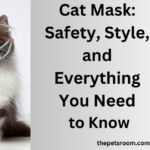

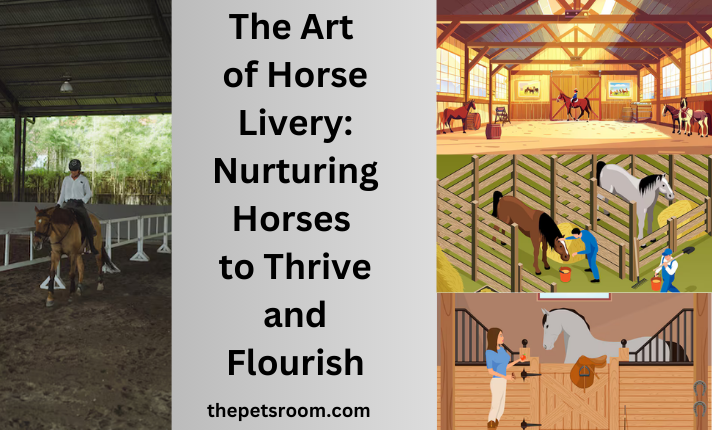
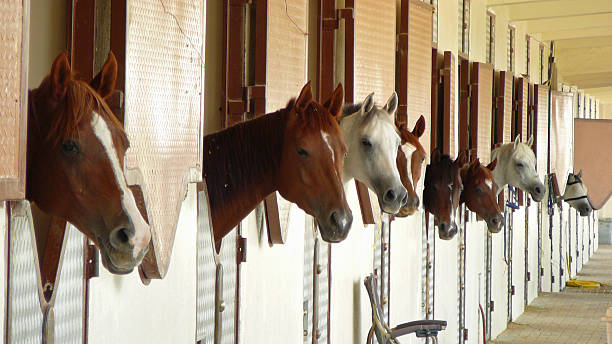
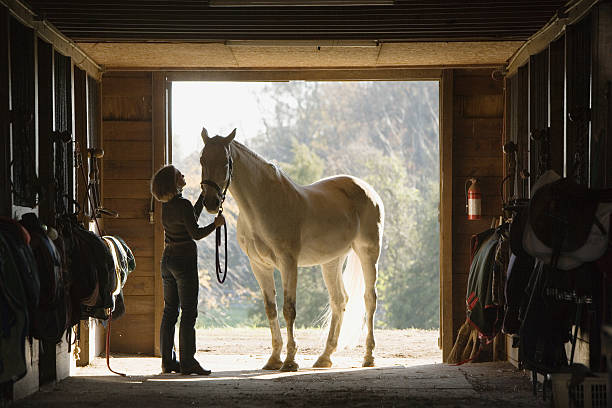
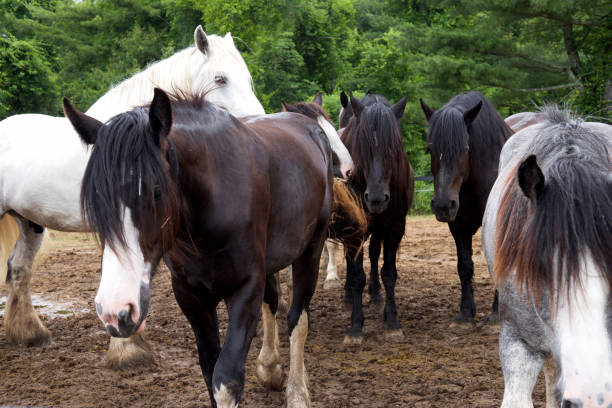
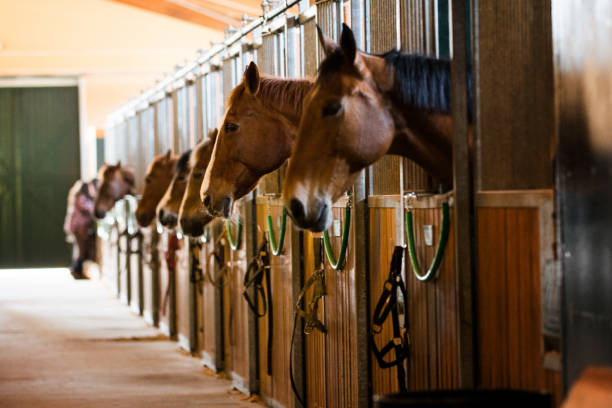
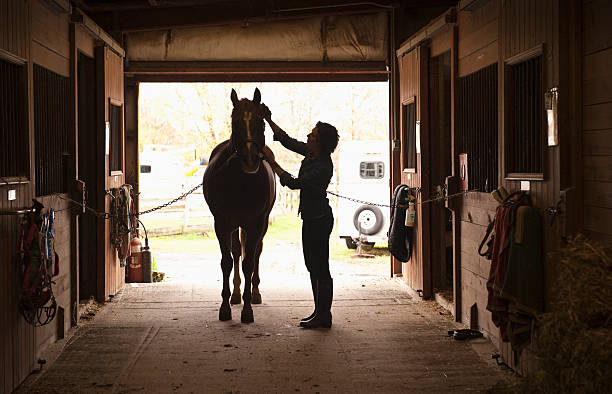




BaddieHub very informative articles or reviews at this time.